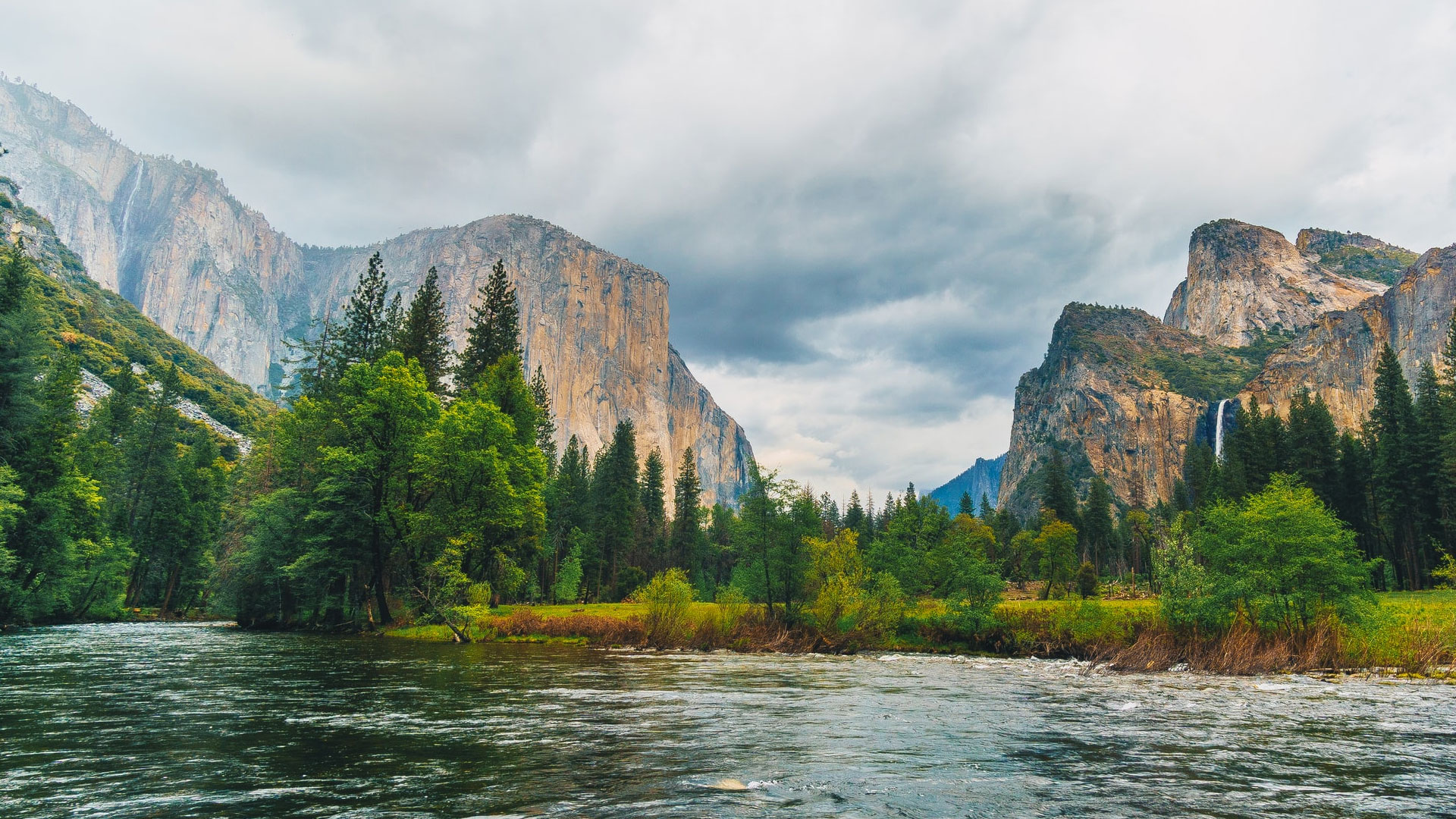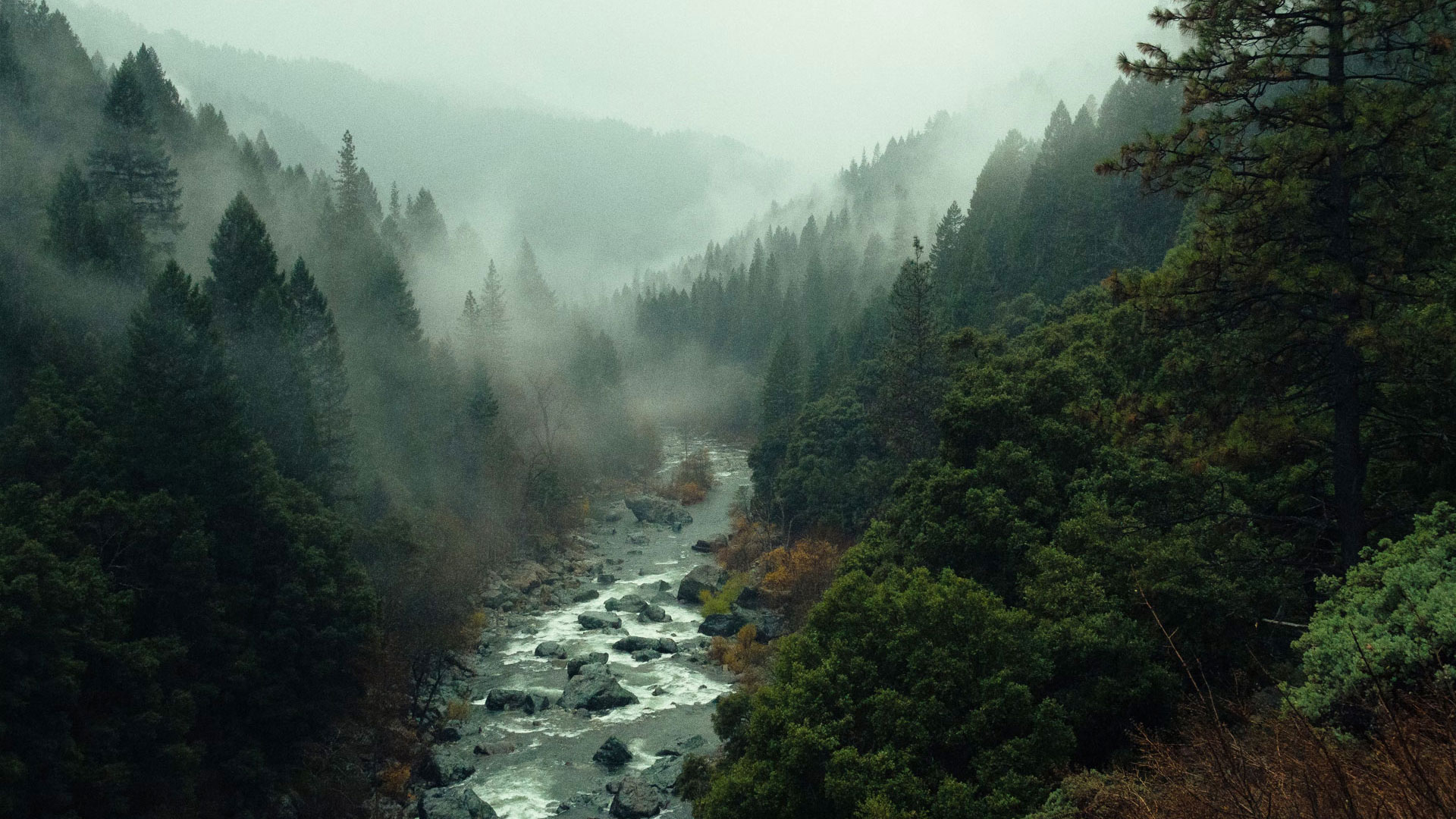“The most important thing you can do [to combat climate change] is protect existing forests, and encourage the management of those forests on long rotations”
– Dr. Jerry F. Franklin
Managing Public Forests for Commerce, Conservation, and Climate
Public lands cover one-fifth of the country’s 2.27 billion total acres. Since the end of the 19th century, America’s national forests have been valued for the many services they provide — timber, agriculture, clean air and water, recreation, and biodiversity. Increasingly, these forests are being recognized for their ability to absorb and store large quantities of carbon, making them a powerful weapon in the fight against climate change.
Forests play a central role in the carbon cycle. When a tree photosynthesizes, it absorbs carbon dioxide from the atmosphere and converts it to carbon-rich sugars. These sugars become part of the tree’s biomass (the trunk, bark, leaves etc.) or travel belowground to feed root-fungal networks. This process takes place throughout the entirety of a tree’s life — as long as a tree is living, it is absorbing and storing carbon.
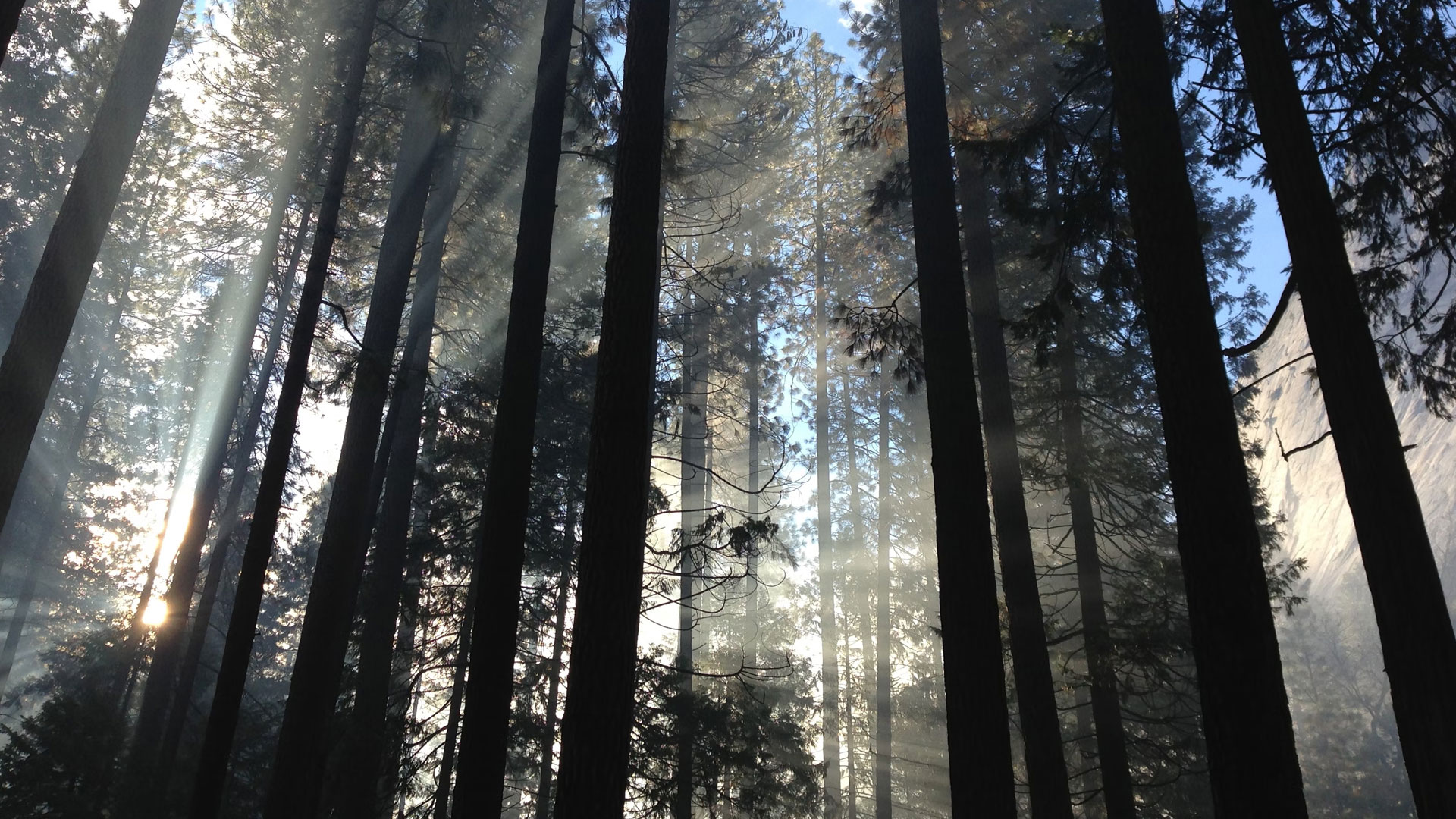
SOURCE: Mike Petrucci
New research shows that larger, older trees store far more carbon than smaller, younger trees. A study of 673,046 trees across six countries and 403 species found that a large old tree may sequester as much carbon in one year as that contained in an entire medium-size tree. Another study, with a sample size of five million trees, found the largest 1% of trees in a forest had stored over 50% of the total carbon biomass.
The reason why is surprising: from a carbon perspective, trees tend to grow more quickly as they age. Although the molecular rate of photosynthesis slows over time, this is outweighed by the effects of increasing canopy cover, which allows older trees to store more carbon dioxide as they grow.
Timber harvesting emits five times more carbon each year than the effects of fire, insects, windstorms, commercial development, and drought combined!
These findings have settled a long-standing debate over the value of old-growth forests in sequestering carbon. The timber industry has long perpetuated the false notion that older trees ultimately “max-out” their carbon storage potential. In actuality, trees absorb roughly 40 percent of their lifetime’s carbon in the last quarter of their lives.
The data are clear: The most effective way to remove carbon from the atmosphere is by conserving older forests and increasing their average age. What’s more, timber harvesting emits five times more carbon each year than the effects of fire, insects, windstorms, commercial development, and drought combined!
| 7 RECENT FINDINGS ON CARBON STORAGE IN OLD-GROWTH FORESTS |
|
SOURCE: Old-Growth Forest Network
Public lands are home to many of the nation’s old-growth forests and play a major role in combating climate change. Their ability to do so depends directly on their ecological integrity, a factor all but ignored by climate experts. Forests that have been fragmented or turned into monoculture tree plantations provide minimal climate benefits. If we fail to manage for overall forest health, they can quickly go from net-reducers to net-producers of carbon.
Clearcutting public forests for agriculture, development, or timber instantly produces carbon dioxide emissions that stay in the atmosphere for hundreds of years. In fact, roughly 30 percent of the CO2 in the atmosphere today has come from wood harvested since the Industrial Revolution.
Cutting down one acre of old-growth conifer forest for commercial use is equivalent to putting 300-500 cars on the road. This does not include carbon emissions from logging machinery, the ongoing stream of emissions from edge effects, destruction of other carbon-rich ecosystems, or waste generated along the way. Disruption and degradation of ecologically intact forests creates a carbon dioxide “triple-threat”.
Conversely, not clearcutting an acre of old-growth is like keeping these same cars off the road in perpetuity, while staving off the much larger stream of downstream carbon emissions. A key variable in assessing full lifecycle emissions from logging is the ultimate end use of those logs. Replacing steel and cement with re-enforced wood products can reduce lifecycle emissions in construction projects, whereas burning wood pellets for energy is far worse per unit of energy than burning coal.
Cause for alarm, the contributions of public forests to natural carbon capture and sequestration are decreasing at a rapid rate.
A 2019 study by the USDA assessed the effects of a variety of disturbance on the carbon storage potential of public forests. Disturbance factors included: timber harvest, natural disturbances, climate variability, increasing atmospheric CO2 concentrations, and nitrogen deposition, all of which are directly or indirectly influenced by human activity. Of the nine regions USDA studied, six appear to be trending toward producing more carbon than they are storing.
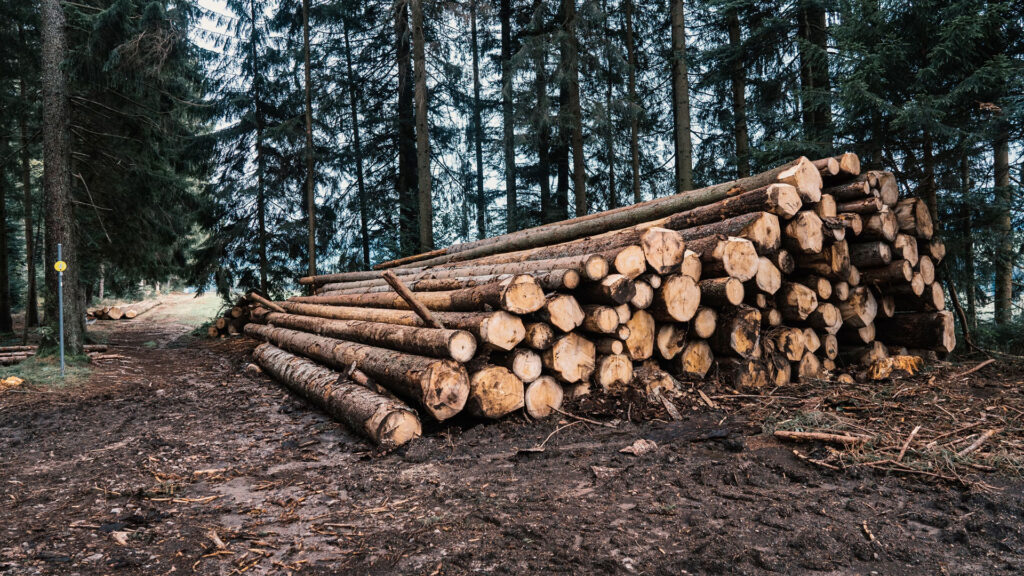
This situation is most acute in the western United States, where a history of active deforestation, coupled with increasingly severe wildfires, has contributed to massive tree loss. Managing and restoring forests is key to reducing the frequency and intensity of wildfires and reducing greenhouse gas emissions — which include not just carbon dioxide, but black carbon, methane, ozone, particulates and toxins that kill off natural sinks.
Ecological management tactics such as thinning smaller diameter trees and clearing the understory can bring back the forest’s natural ability to contain wildfires, and reintroduce fire as a ecologically restorative process.
Dr. Jerry Franklin, a world-renowned forest ecologist who has been called ‘the father of new forestry,’ explains that “socially under-performing management,” is to blame for reduced carbon storage in public forests. When forest management prioritizes return on capital, such as wood production, it reduces the forest system’s capability to provide other essential services, such as clean water, viable habitat, and carbon sequestration.
Conserving forests and increasing their average age is the single most effective carbon sequestration strategy we have and our first line of defense against climate change.
In addition to carbon sequestration, forests provide an array of ecosystem services that act as a first line of defense against extreme weather events such as droughts, floods, wildfires, and other natural disasters. Forests help regulate the water supply, an increasingly scarce resource temperatures in arid regions. California and Arizona are already experiencing unprecedented levels of drought and desertification in urban and agriculture areas serving tens of millions of people.
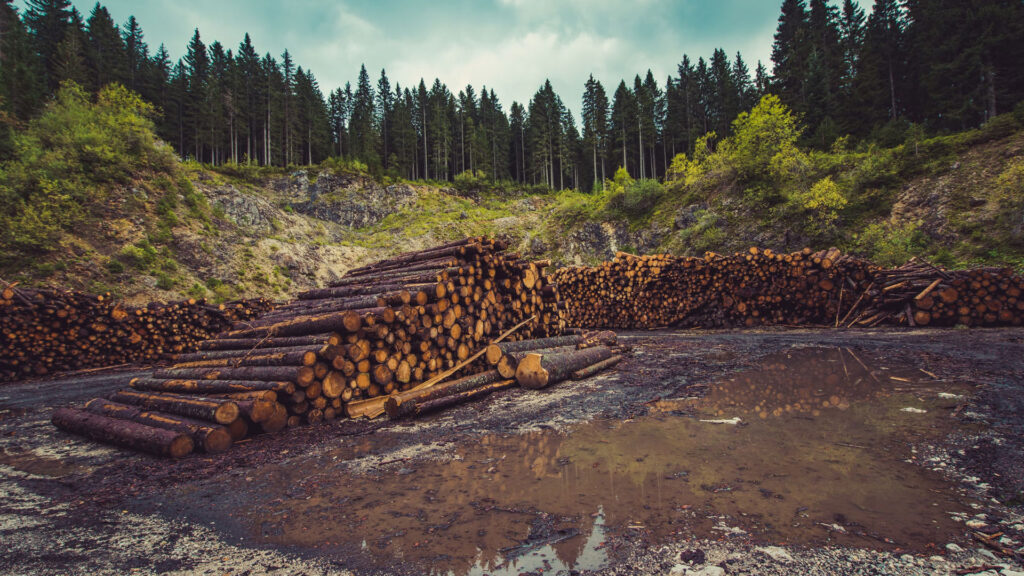
Conserving forests and increasing their average age is the single most effective carbon sequestration strategy we have. Natural sequestration is far more viable and economically feasible than man-made sequestration technologies, none of which have been proven to work at meaningful scales.
Nature-based solutions to climate change have been almost completely overlooked by the climate community, who focus mainly on manmade solutions to reducing manmade GHG emissions. Changing the ways we use and manage public lands might be the fastest and most effective strategy to combat climate change available to US policymakers.
On Earth Day, 2022, the Biden administration signed an executive order that aims to do just that by actively managing America’s federally owned forests to restore their role as carbon sinks not carbon sources. The order cites intensifying wildfires, a symptom of our changing climate and a major threat to public forests, as a catalyst for “urgent action.”
The overarching goals of this directive are to:
- Safeguard mature and old-growth forests on federal lands, as part of a science-based approach to reduce wildfire risk.
- Strengthen reforestation partnerships across the country to support local economies and ensure we retain forest ecosystems and sustainable supplies of forest products for years to come.
- Combat global deforestation to deliver on our COP26 commitments.
- Enlist nature to address the climate crisis with comprehensive efforts to deploy nature-based solutions that reduce emissions and build resilience.
The DOI and USDA were mandated to conduct the first-ever inventory of mature and old-growth forests on federal lands.

“If you don’t know what you have, then you really can’t develop strategies to work and to maintain them,” explains Ann Bartuska, senior advisor at Resources for the Future. “Even though we have maps of old growth stands, and we have a national forest inventory that is probably the best in the world, we don’t have [data] systematically across all federal lands in a way that you and I could look up a map and say, here’s where the old-growth are being protected and here’s what we need to be concerned about.”
Protecting and restoring our public forests is the first step towards bringing nature-based solutions to the forefront of the fight against climate change. While climate-smart land use policies play a key role, it is every bit as important for individuals and local communities to get involved.
Want to become a Climate Actionist and fortify our nation’s first line of defense against climate change?
Here are a few resources and organizations that can help you get involved:
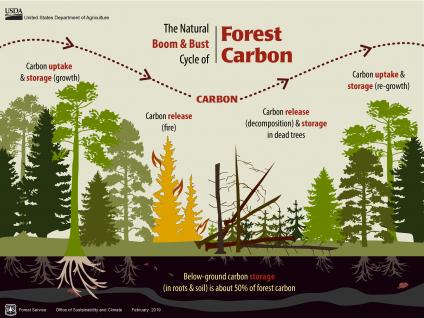
Did you know?
In addition to carbon sequestration, forests provide other ecosystem services that work as our first line of defense against more frequent and intense weather events, droughts, floods, wildfires, and other natural disasters ushered in by climate change.
RELATED ARTICLES:
Become a Climate Actionist
#climateactionist
One of the first things you do to start your Climate Actionist journey is connect with, engage with, and even join leading climate organizations. At The Copernicus Project, we are committed to only sharing information and resources from organizations, experts, companies, communities, and people that we have personally researched and trust. The following list is a great place to start. We’ve broken it out by category, so you can hone in on the things you are most interested in.
In the coming weeks and months, we’ll have more ways for all of us to be actively involved in finding and supporting nature-based climate solutions. So stay tuned and sign up below to get notifications when we publish new content.

